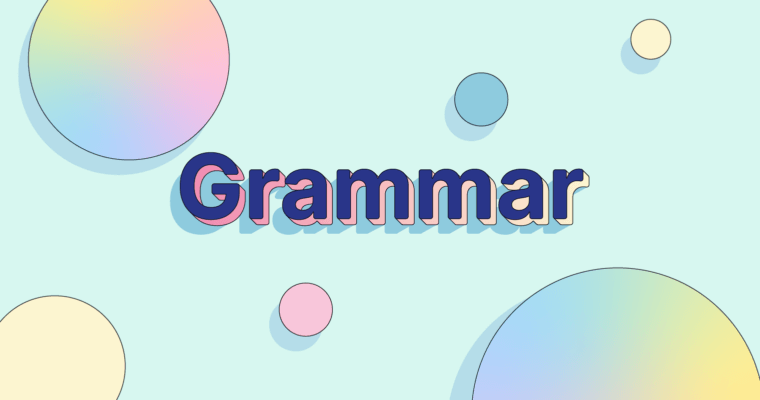
Hello. Good morning. How are you? These are all examples of greeting words, and they’re often the first words taught in any foreign language class, including English as a Second Language (ESL).
These phrases are a good start, but by understanding what a greeting word is and how many different examples there are, you can advance your language skills to the next level.
We’ll explain how greeting phrases and words work, how they differ across cultures, what situations are best for formal and informal greetings, and when it’s appropriate to use slang.
What is a greeting word or phrase?
Greeting words and phrases are what they sound like—terms and expressions used to greet someone and make them feel welcomed and comfortable. They can be used when talking to someone in person or when introducing yourself in an email.
The exact greeting word or phrase that you use often depends on who you’re talking to or where you are.
For example, Yo! can be appropriate if you’re greeting a close friend, but you wouldn’t use it on a serious occasion or with someone who’s interviewing you for a job.
Greeting phrases can differ across regions, states, and countries that speak the same language. For example, people in Alabama are more likely to use Howdy when meeting someone than a person in California.
They can also be used to invoke a relationship or bond. If a person uses Babe to greet someone, there’s a good chance they’re greeting their partner. Inside jokes and nicknames are another type of greeting phrase, though they’re only used by a small group of people.
Informal greetings
Informal greetings are used when interacting with people you’re familiar with. Greeting your sibling or childhood best friend with Wassup or Hey you is fine, but it’s not fine when meeting your partner’s parents for the first time (though you might in the future if you develop that type of relationship with them).
People use informal greetings when acknowledging someone in passing (saying Hey to the person sitting next to them). Although this is generally discouraged when you’re meeting people for the first time, you’re good to use such greetings at gatherings such as concerts, parties, and sports games.
Finally, informal greetings can be used in your writing to imply that two characters have an informal relationship.
5 examples of informal greetings
Hi!
How’s it going?
Nice to see you!
Hey friend!
There they are!
Formal greetings
Formal greetings are used in four situations: professional settings, showing respect to someone, at a formal gathering, and when talking to someone for the first time.
People in workplaces often use formal greetings because it’s seen as more professional, though some offices have a looser, more informal culture. Keep this in mind during job interviews or when writing a connection request message on LinkedIn.
Similarly, a formal greeting is encouraged when meeting someone for the first time. It can be dropped later if you develop a more familiar relationship with them.
Formal greetings show respect to whomever you’re speaking to, especially in cultures that expect young people to use formal greetings with their elders.
While informal greetings are fine among people who know each other (friends and family), you may want to use a formal greeting if you’re at a serious event such as a religious service, giving a presentation, or talking to an official.
5 examples of formal greetings
Good morning
Pleased to meet you
How are you doing?
Hello [name]
How do you do?
Slang greetings
Slang greetings are often colloquialisms, everyday language used by people of a certain region. Typically, these greetings can be used among people with whom you share a similar culture or upbringing. For example, a slang greeting among Irish people is How’s the craic? (the final word is pronounced like “crack”), a greeting that would leave many Americans scratching their heads.
There are a handful of times when a slang greeting can be used in formal gatherings. If you see someone at a networking event wearing your alma mater’s pin, you could use slang greetings that were used at that school, such as “Let’s go Blue!” Similarly, if you find out a classmate or coworker is from your town, you might use a slang greeting they’d know.
5 examples of slang greetings
G’day mate
Roll Tide!
Sup
Where y’at?
You alright?
Greetings are welcome
Greeting words, whether they are formal or informal, slang or broadly familiar colloquialismsi, serve the same purpose: to make someone feel acknowledged and at ease. Any greeting is better than no greeting, which can make someone feel ignored or uncomfortable. Use the greeting word or phrase that feels most comfortable to you and reflects your setting, be it a neighborhood barbecue joint or a work conference.






